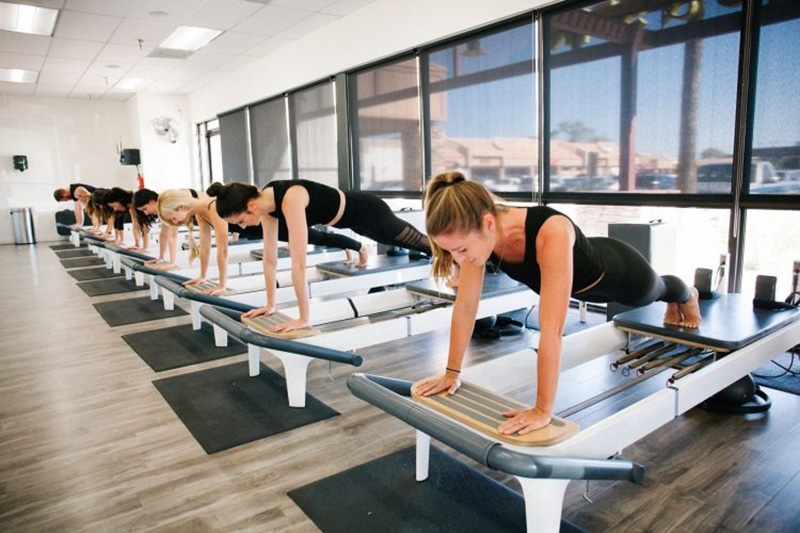

As the popularity of Pilates continues to soar, so too does the curiosity surrounding its origins, techniques, and transformative potential. In this comprehensive guide, we address some of the most pressing questions that enthusiasts and newcomers alike may have about this revered practice. From its religious roots to practical tips for practicing at home, let’s dive into the world of Pilates and unravel its mysteries.
Pilates, contrary to popular belief, does not originate from any specific religion. Developed by Joseph Pilates in the early 20th century, this exercise system was initially known as “Contrology” and was rooted in principles of physical fitness and rehabilitation. While Joseph Pilates drew inspiration from various disciplines such as yoga, gymnastics, and martial arts, Pilates itself is not associated with any religious doctrine. Instead, it focuses on promoting strength, flexibility, and mind-body awareness through controlled movements and breathwork.
Bringing the benefits of Pilates reformer workouts into the comfort of your own home is easier than you might think. With the right equipment and a bit of creativity, you can mimic the resistance and versatility of a traditional reformer setup. Consider investing in a vertical storage Pilates reformer or a Pilates reformer with springs for compact yet effective options. Additionally, utilizing props such as resistance bands, stability balls, and foam rollers can enhance your at-home Pilates experience. By following online tutorials or consulting with certified instructors, you can adapt reformer exercises to suit your space and fitness goals.
The transformative potential of Pilates extends far beyond mere physical appearance. While it may not drastically alter your body shape in the same way as intense weightlifting or high-impact cardio, Pilates can sculpt and tone muscles, improve posture, and enhance overall body awareness. Through consistent practice, individuals may experience a leaner, more streamlined physique as muscles become more defined and excess tension is released. However, it’s essential to approach Pilates as a holistic practice that encompasses both physical and mental well-being, rather than solely focusing on external aesthetics.
Both mat Pilates and reformer Pilates offer unique challenges and benefits, making it difficult to definitively declare one as “harder” than the other. Mat Pilates, performed on the floor with minimal equipment, relies primarily on bodyweight resistance and requires a strong focus on core stability and control. On the other hand, reformer Pilates utilizes specialized equipment such as the Pilates reformer table, offering adjustable resistance and support for a wider range of movements. While some may find the added resistance of reformer Pilates more challenging, others may prefer the simplicity and accessibility of mat Pilates. Ultimately, the difficulty level of each depends on individual fitness levels, preferences, and goals.
As Pilates continues to captivate fitness enthusiasts worldwide, it’s essential to address common questions and misconceptions surrounding this revered practice. By exploring its origins, practical applications, and transformative potential, we can gain a deeper understanding of Pilates and its profound impact on physical and mental well-being. Whether you’re a seasoned practitioner or a curious beginner, let this guide serve as a roadmap to unlocking the countless benefits of Pilates and embarking on a journey to enhanced health, vitality, and self-discovery.

To customize your Pilates equipment and get a collection of design renderings for free!

To customize your Pilates equipment and get a collection of design renderings for free!